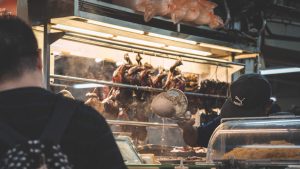Top image: Zachary Tang / RICE file photo
It was barely noon on 14 March 2021 when Lara*, a Filipino expat, and her female Singaporean colleague settled on a table at the crowded Lau Pa Sat hawker centre. The open-air eating complex in Raffles Quay’s central business district buzzed with its usual lunchtime crowd: hungry yuppies in power suits seeking local grub.
Between bites of beef satay, Lara’s coworker started griping about the Filipino employees at their publishing company. Her colleague found it highly irritating when the group of Pinoys—an informal demonym for Philippine citizens—huddled together and spoke loudly in their native Tagalog.
“I’m so glad you’re different from them,” the coworker said. And, in a strange turn of events, she patted Lara’s head as if she was a well-behaved puppy.
“You’re not the typical Filipino.”
Lara did not like the head-patting and thinly veiled ignorance. But she laughed them off for camaraderie’s sake. She knew her colleague only meant to compliment her.
“Two things ran through my mind,” the advertising executive says. “Do I confront this person whom I consider an office friend or let it go to avoid the risk of jeopardising our harmonious work relationship?”
Lara chose the latter.
It wasn’t the first time Lara endured an unconscious dig on Filipinos and her culture in the guise of praise.
“Foreign bosses and coworkers have told me that my English is excellent for someone who is Pinoy,” she shares. “Or that I’m not as loud compared to other Filipinos they’ve worked with.”
Lara, who has been working in Singapore for over six years, quickly adds that she does not take these frequent backhanded compliments personally.
“I understand that these are nonchalant comments, but I also noticed that I’ve become high-strung at work as a result.”
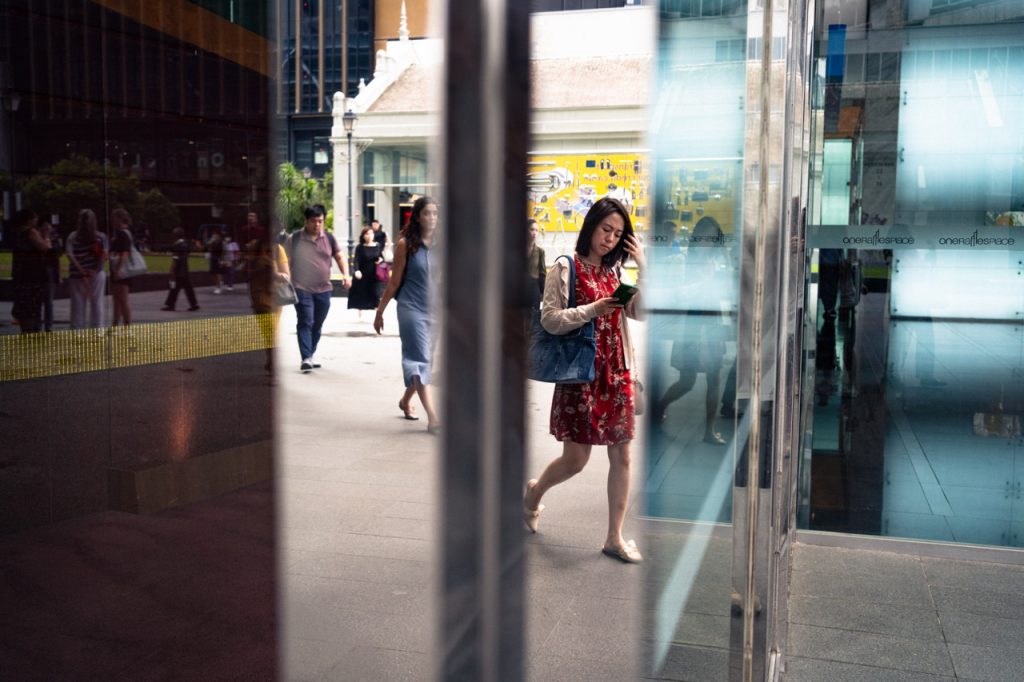
Far From Home
From 2004 to 2007, most Filipinos in the Singapore workforce were domestic workers. That all changed in 2008 when the country saw an increase in skilled professionals from the Philippines.
According to the Embassy of the Philippines in Singapore, about 200,000 Filipinos live, work, and contribute to the Little Red Dot’s economic development. 60 percent of those are professionals and skilled workers. Most work as IT specialists, nurses, engineers, and architects. The remaining demographic is household service workers.
Despite the steady increase in skilled Filipino workers, many Singaporeans and expatriates from other countries need help to see them working in professions other than the domestic service sector.
The only major cultural representation of Filipinos in Singapore’s mainstream media is domestic helper Leticia Bongnino, a character portrayed by Chinese-Singaporean comedian Michelle Chong. Despite the problematic portrayal, Leticia became a household name after debuting on the popular satirical English news show The Noose in November 2007, continuing until its season finale in October 2013.
Aside from Leticia Bongnino, no other Filipinos are represented in Singapore’s pop culture.
Lara suspects the unintentional patronising stereotype towards Filipino domestic workers colours Singapore’s professional workplace.
These biased prejudices towards Filipinos are called racial microaggressions, says Columbia University psychology professor Dr Derald Wing Sue. They are small unintentional insults, remarks, and acts towards ethnic minorities, and they cause emotional and psychological harm over time.
“A subtype of this unconscious bias is dubbed as microinvalidations,” adds Dr Sue. This kind of behaviour is the exclusion, negation, and nullification of a marginalised person’s thoughts, feelings, or experiential reality, he says.
Can’t Sleep It Off
Lara has experienced many microaggressive interactions, but that fateful lunch at Lau Pa Sat was the worst, she says. It drove her to become a workaholic.
Lara aimed to redeem the Filipino image at her office by performing well. She works long hours and rarely takes days off or sick leave.
“The worst part is the sleepless nights,” Lara shares. And when she does sleep, she sometimes “dream(s) of drafting client emails”—a textbook case of high-functioning anxiety.
In Dr Sue’s book Microaggressions in Everyday Life: Race, Gender, and Sexual Orientation, the author states that sleep difficulty is one of the psychological effects of microaggressions.
He also wrote that a victim of microaggression could have challenges in falling and staying asleep due to “recurrent intrusive thoughts [that] persist about work or anticipated future workdays.”
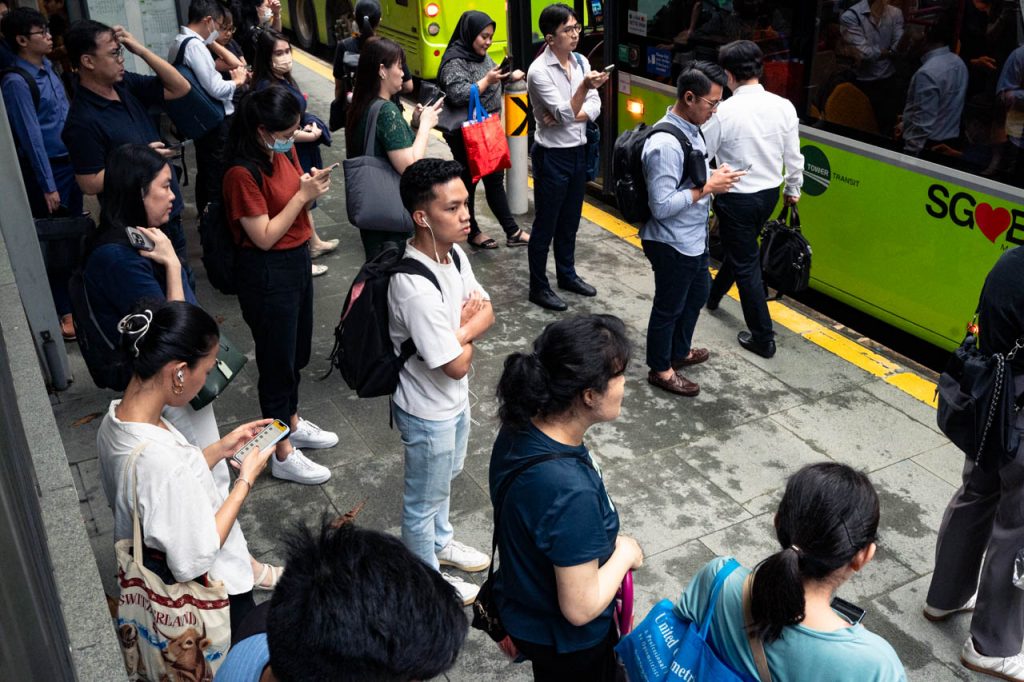
Resty* knows all about the effects of microaggressive behaviour.
The 47-year-old mild-mannered graphic designer has worked at the same advertising agency in Singapore for 11 years. Aside from sleepless nights, he has come to dread going into the office and the daily encounters with microaggressions.
“There’s this one guy—we call him the Traffic Controller—who designates the design jobs needed to be done by each designer,” Resty says. “He would only assign the bulk of the jobs to me and then throw the less difficult ones to the rest.”
Resty was the only Filipino on the Creative Design team; the other four were Chinese-Singaporeans.
For about three years, he worked nonstop from 9 AM to 6:30 PM and seldom took lunch breaks. This was required to finish all the design jobs promptly.
He didn’t think much of the allocation system until one day, the Traffic Controller complimented him in the break room. He jokingly said that Resty makes his job easier because of his unwavering can-do attitude.
The Traffic Controller also said he loves working with Filipinos because “they always say yes and never complain about the job,” Resty recalls.
Clinical psychologist Dr Aggie Carson-Arenas explained this type of submissive Filipino behaviour in his 2004 study. He stated that “submissiveness is a characteristic of the Filipinos which shows an unwillingness to challenge those in authority and the willingness to accept commands and criticisms from others without question.”
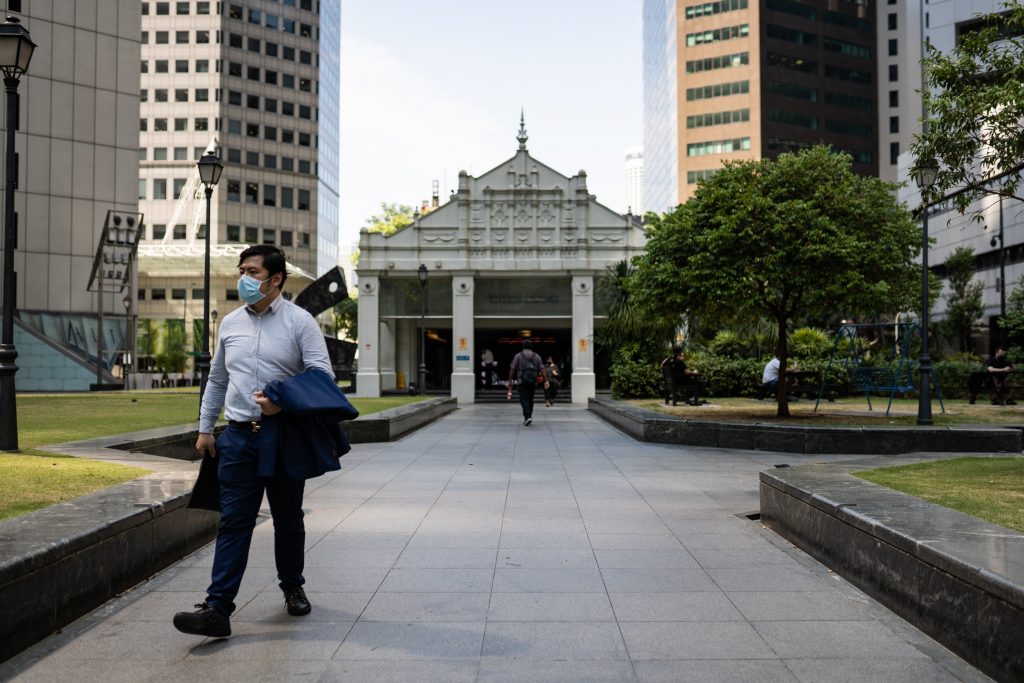
While Resty was also often praised by his teammates for his stellar work performance, he felt that they subtly took advantage of his meekness.
“None of them checked on me or helped me out,” he laments. “Like I was their errand boy whose reason for existence was to serve them.”
As a result, Resty experienced brief traumatic stress. “We had a lot of car dealer clients back then, and I solely handled all automotive ad jobs,” he shares. “I got exposed to them [car brands] so much that I could name their model numbers at the drop of a hat.” The same car models would also trigger anxiety attacks.
“I spotted a silver Honda Odyssey parked outside the office once and suddenly felt my heart palpitate,” he remarks, shaking his head ruefully at the memory.
“I had to walk to the other side of the street to calm myself down.”
Acclimatisation & Assimilation
When Kristal Flores left her cushy life in Manila five years ago to migrate with her husband to Singapore, she did not expect microaggressive behaviour in her new workplace.
The 34-year-old Filipina’s first job in Singapore was as a regional medical affairs manager at a pharmaceutical company. She was the only Pinoy at the Singaporean-dominant office. One of the many cultural adjustments Kristal had to deal with was understanding the heavy Singlish accent.
Little did Kristal know that her colleagues were also adjusting to how she spoke in English—measured and unhurried.
During a work-related discussion one afternoon, she overheard a male Singaporean junior clinical researcher mention to his counterpart that they must speak slowly when talking to Kristal. He suggested they jot down the important words to ensure Kristal followed the discussion.
“The guys said it casually, but I was still deeply embarrassed by how they viewed me as linguistically challenged,” Kristal says, her eyes downcast.
“Despite occupying a managerial position in the company, I felt that my two subordinates didn’t see me as a superior figure because they viewed me as a mere slow-speaking Filipino.”
Kristal has never had any problems with her manner of speaking, but now she thinks twice before opening her mouth. And while Kristal has had career successes as a medical practitioner in the Philippines and Singapore over the years, she admits that the experience has tainted her confidence.
“It’s interesting how a small remark could make a huge impact on you,” she reflects.
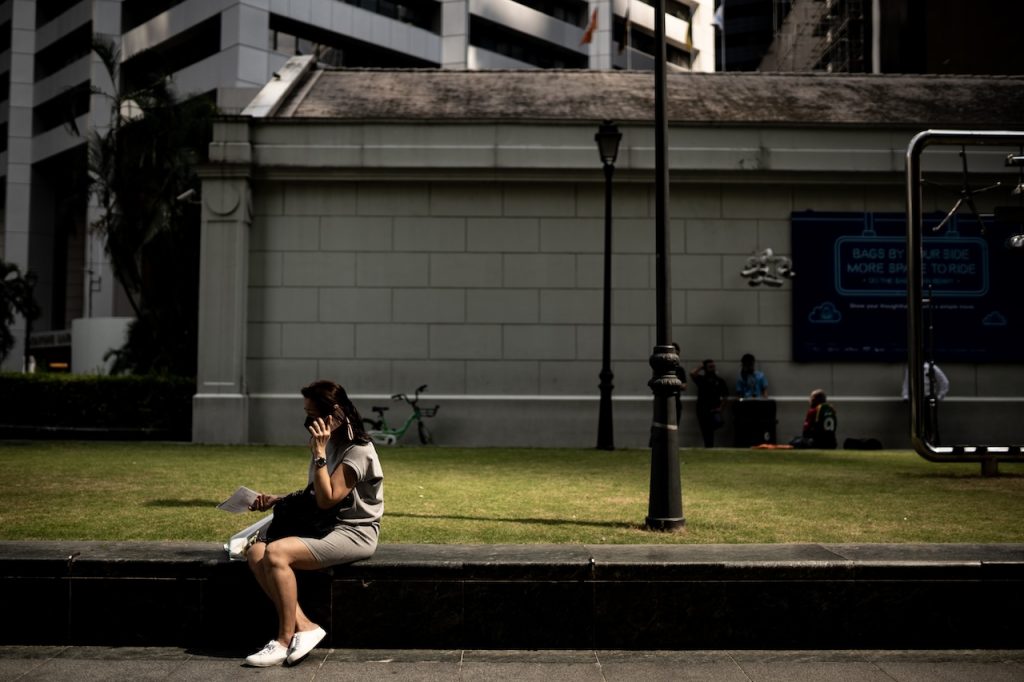
During weekly teachers’ meetings, Robbie* stands out in a room full of racially diverse educators.
The outspoken 36-year-old high school science teacher works at one of the most prominent international schools in Singapore and is often put in the hot seat by his colleagues.
Robbie is the only Filipino in a faculty dominated by mostly Americans, Britons, and Canadians. While he gets along with his cohorts, he cannot help but notice how hypercritical they are of him, especially during brainstorming sessions.
“Each of us is given a chance to throw ideas to the table,” says Robbie. “And when my turn comes, I am the only one who gets questioned often.”
When a Caucasian teacher pitches an idea, “it either gets approved or shot down on the spot—no questions asked!”
Because of the double standard applied to him, Robbie says he has developed a perfectionist attitude. He overcompensates to make them stop second-guessing his abilities as a science teacher. That means working at home on weekends and public holidays.
“It’s tiring and stressful to always be on your guard, but I also didn’t want to give them a reason to degrade me or my identity as a Filipino,” Robbie offers.
Perfectionism is directly correlated to obsessive-compulsive disorder. This rings true for Robbie, as he often spends long hours quadruple-checking and ensuring that his lesson plans, PowerPoint presentations, and daily class reports are seamless and bulletproof.
“My wife tells me I’m too hard on myself,” Robbie notes. “I can’t help it because I need to think two steps ahead and prove to my foreign coworkers that Filipinos don’t back down from intimidation.”
The effects of these small, frequent invalidations on Robbie started infiltrating his home life.
“I became highly irritable, especially towards my family, over the smallest things,” he says regretfully. “It pains me to lash out at my kids whenever they ask me for daddy time while writing my reports.”
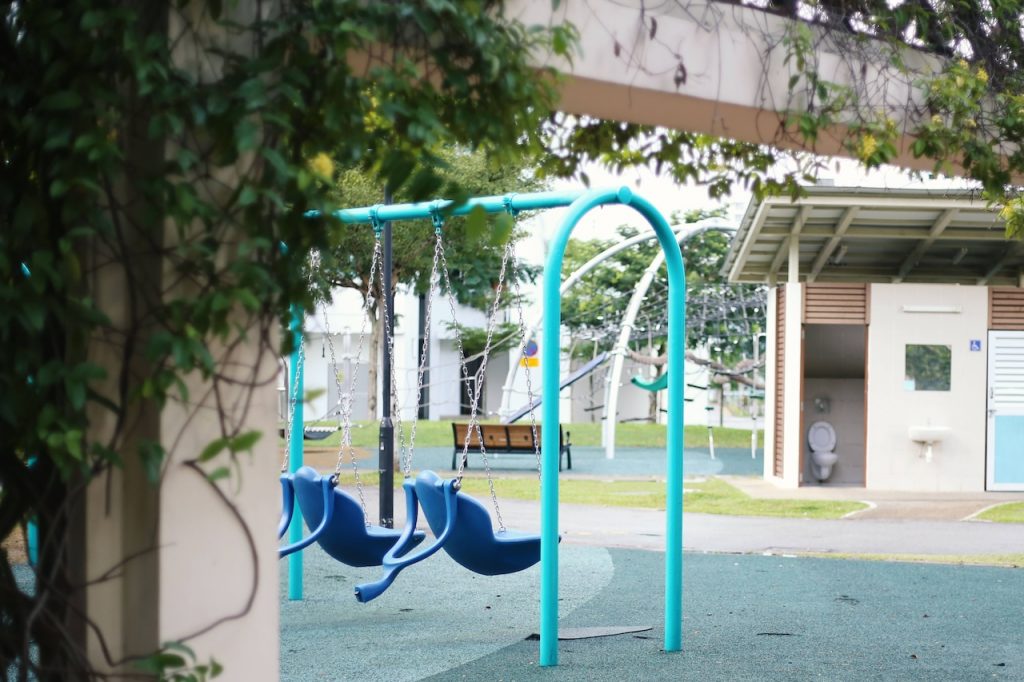
A Workable Solution
Lara, Resty, Kristal, and Robbie see the microaggression and microinvalidation behaviours of their Singaporean and expat colleagues as a systemic prejudice against Filipino working professionals.
Behavioural sociologist Tan Ern Ser explains the underlying anti-foreigner sentiment as the view that Filipinos and other foreigners are “competing with Singaporeans for jobs or are perceived as not conforming to local norms and values.”
The National University of Singapore associate professor also says that the increasing number of Filipino professionals in Singapore’s corporate workplaces may arouse negative feelings against them.
“Not only as individuals but also as members of foreign nationality,” adds Tan.
Arguably, the most disconcerting thing about microaggressions and microinvalidations is that they occur casually and frequently, often without any intentions of harm.
Human resources director and consultant Kwok Wan Yee firmly believes that companies have a responsibility to eradicate—if not minimise—racially biased behaviours in the professional workplace.
Kwok emphasises that education on racial sensitivity is vital to a safe and conducive working environment.
“Companies must actively promote diversity and inclusion via mandatory unconscious racial bias training,” she says. “Sadly, not many corporations see the value in that.”
At the minimum, the HR consultant recommends that companies share articles to encourage diversity and inclusion among staff members.
“They could be in the form of a weekly newsletter or a corporate email blast,” suggests Kwok. “There are many free racial sensitivity resources online, and it doesn’t take more than a few seconds to have them sent to employees’ inboxes.”
Lara remains on good terms with the coworker who patted her head and made her feel like an obedient pup. The two have regular lunches at Lau Pa Sat because, like most Pinoy professionals, she has learned to deal with microaggressions in her workplace quietly.


